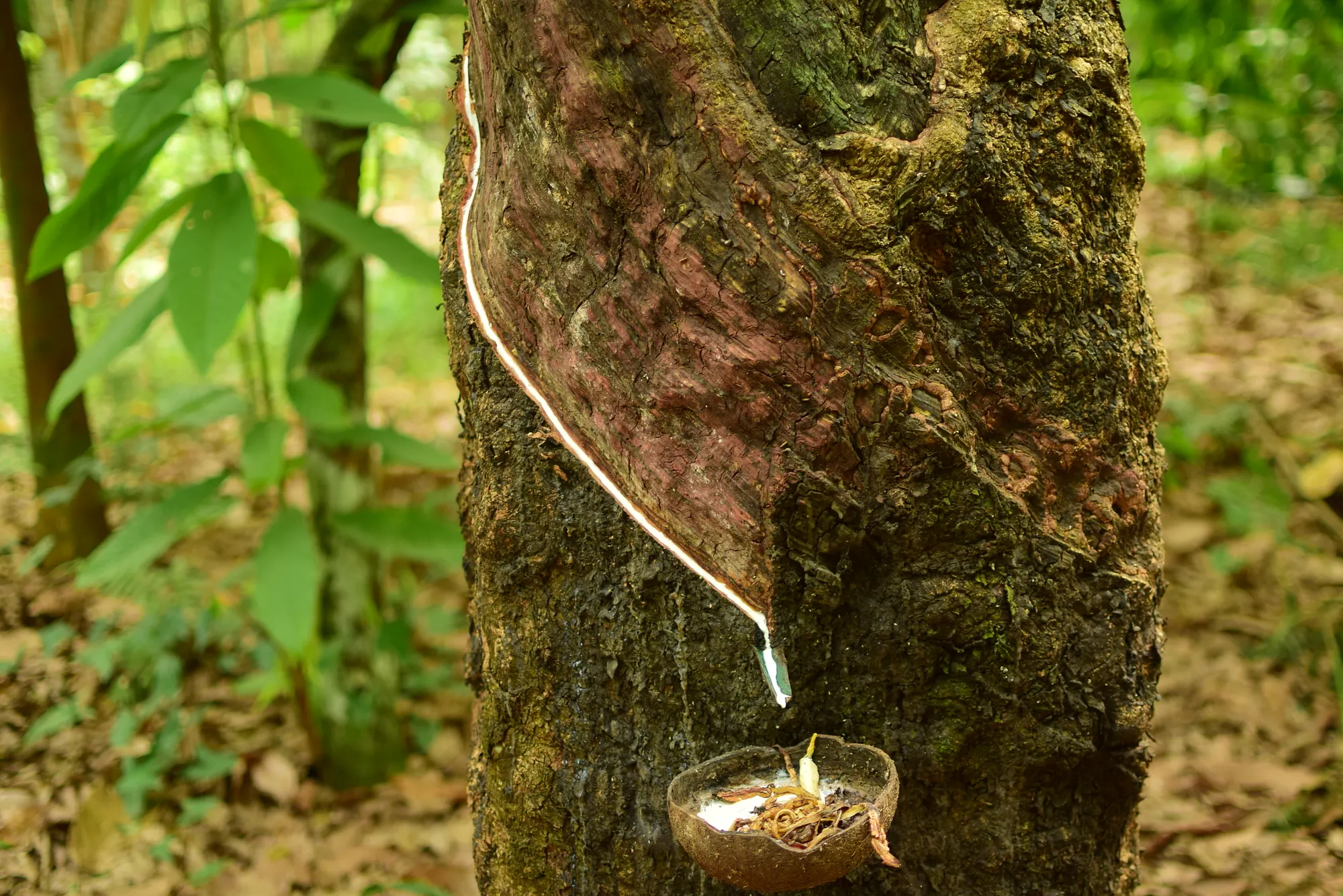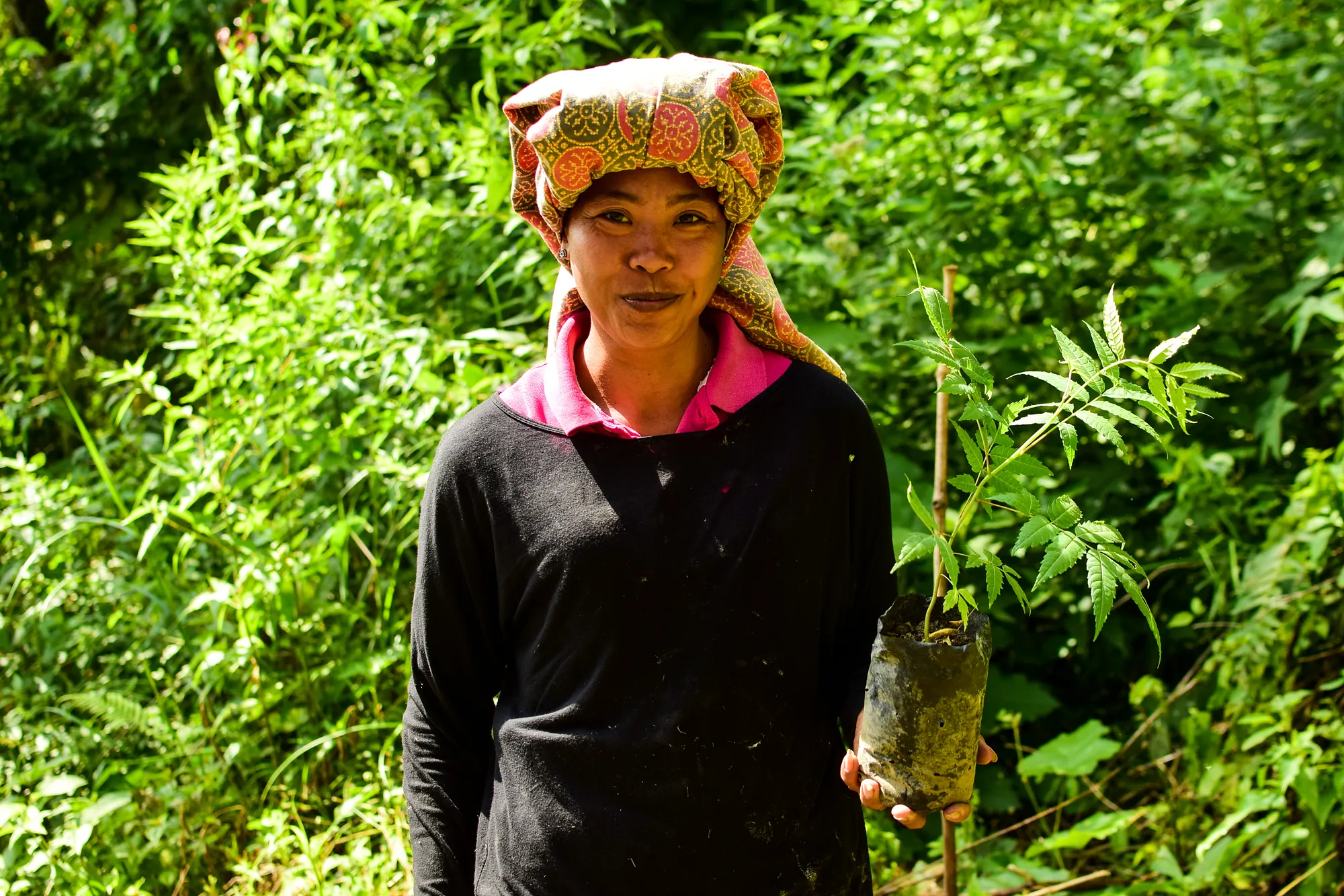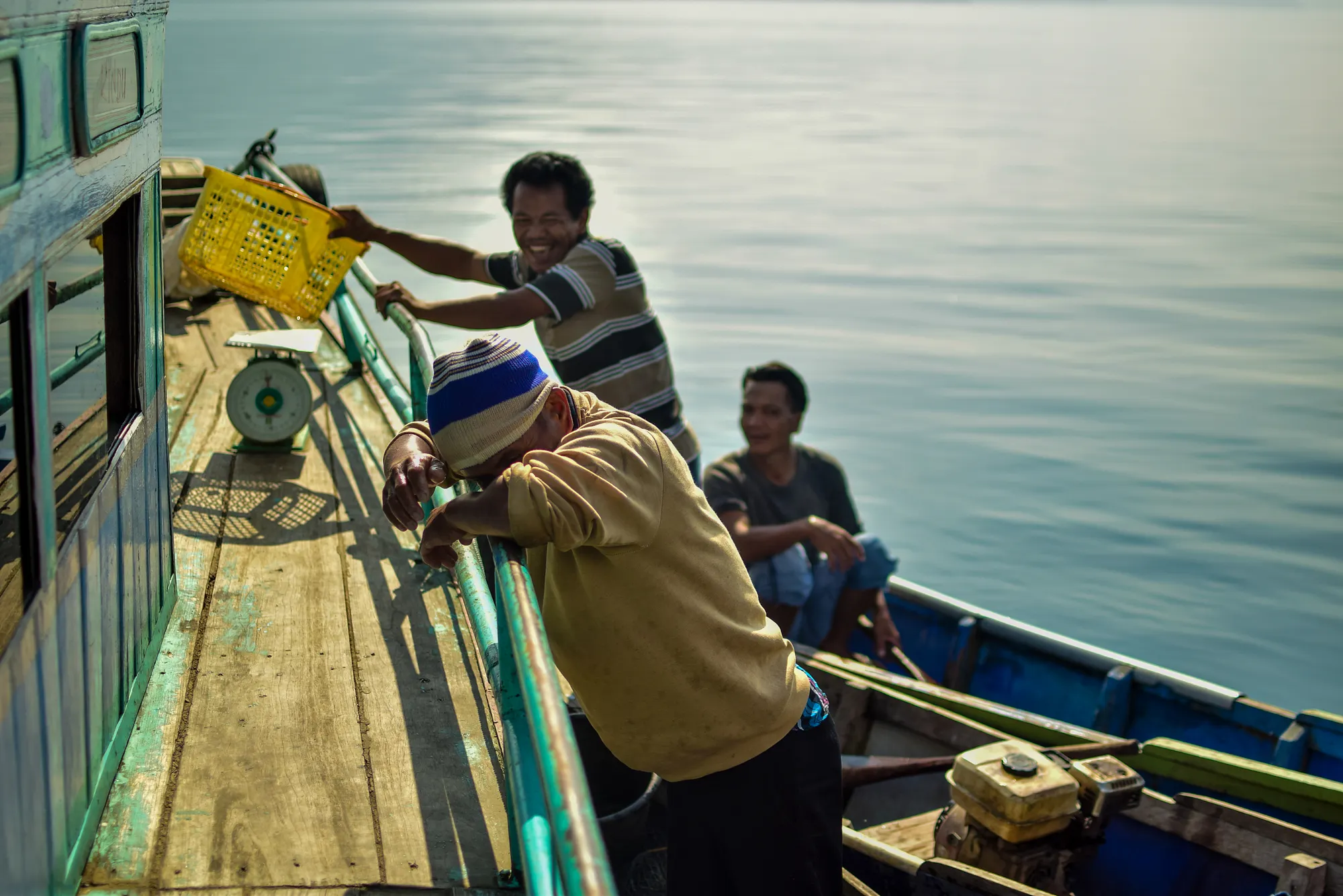January 30, 2024
I used to believe that inequality weakens democracy. The more unequal a society becomes, the more disconnected people feel from the political system. Why would someone vote if the decisions are always made by the wealthy few?
But as I started looking at data from Indonesia, that belief started to shift. What I found was more complex, and in some places, more hopeful than I expected.
Inequality does not always silence people. Sometimes, it wakes them up.
Read More →June 13, 2023
To answer this question, we need to step back and ask, “Why do we need land reform in the first place to solve the global poverty problem?” Land reform can improve agricultural productivity and rural livelihoods. Since the majority of the global poor population lives in rural areas and depends on the agricultural sector for their livelihood, land reform can potentially help alleviate global poverty. According to a recent World Bank report, agricultural development is one of the most powerful tools to end extreme poverty and boost shared prosperity. Implementing land reform can lead to growth in the agricultural sector, which has been demonstrated to be two to four times more effective in increasing the income of the poorest compared to other sectors.
Read More →November 5, 2021
Natural rubber remains an important global commodity despite the increasing consumption of its synthetic counterpart. Rubber is native to the Amazonian rainforest, it was smuggled to Britain in 1876 and massively cultivated in Southeast Asian plantations from then to now. The circulation of rubber has produced diverse forms of social relations throughout the history of modern civilization. How does the life story of rubber help us understand global inequality? Find out in this video.
Read More →July 19, 2018
Sutopo is a seventy-eight-year-old rubber farmer of Sumatra who owns a small plot of old rubber trees (Hevea braziliansis). He planted most of his trees forty years ago from low-quality rubber seeds he gleaned from nearby state-owned rubber plantations.
 © 2017 Rahardhika Utama
© 2017 Rahardhika Utama
In general, the rubber tree is no longer productive for latex taping after twenty years, and trees that are germinated from rubber seeds produce lower yields of latex. Today, rubber farmers in North Sumatra are usually elderly persons as young people prefer working in the cities and leaving their parents struggling with their family land in the villages. The combination of elderly farmers and old rubber trees makes up for low productivity of the overall smallholder rubber sector in this area.
Read More →May 5, 2018
Yu Djilah, a mother of three, could no longer find a job as a seasonal farmworker since the expansion of the male-dominated sugar cane plantations to her village. She used to work for food-crop farmers cultivating rice, corn, and soybean. In the past decade, Indonesia saw an increasing trend of importing these commodities and thus threatening the local commodity market, which further compelled affluent landowners to convert their farms into sugar cane plantations in her village.
Read More →April 21, 2018
The “Ingul” tree (Toona sureni) has been disappearing from Samosir Island, Indonesia. This tree holds an essential role in sustaining the traditional culture in the island through its utility as the wood for building fishmonger canoes and traditional houses.
 © 2017 Rahardhika Utama
© 2017 Rahardhika Utama
Mama Ina committed to planting the Ingul trees in the forest area that surrounds her village for almost two years. She hopes to preserve the traditional culture by making sure there will be sufficient supply of Ingul woods in the island for future generations.
Read More →March 5, 2018
Fishmongers in Lake Toba, Indonesia, the largest volcanic lake in the world, are living witnesses for the degrading water quality in the lake due to the waste of floating net cage fishery companies in recent years.
 © 2017 Rahardhika Utama
© 2017 Rahardhika Utama
I took the first two photos while I asked them if they would have the slightest chance of pursuing the local government to deal with the water pollution problem; they laughed at my question.
Read More →
 © 2017 Rahardhika Utama
© 2017 Rahardhika Utama © 2017 Rahardhika Utama
© 2017 Rahardhika Utama © 2017 Rahardhika Utama
© 2017 Rahardhika Utama